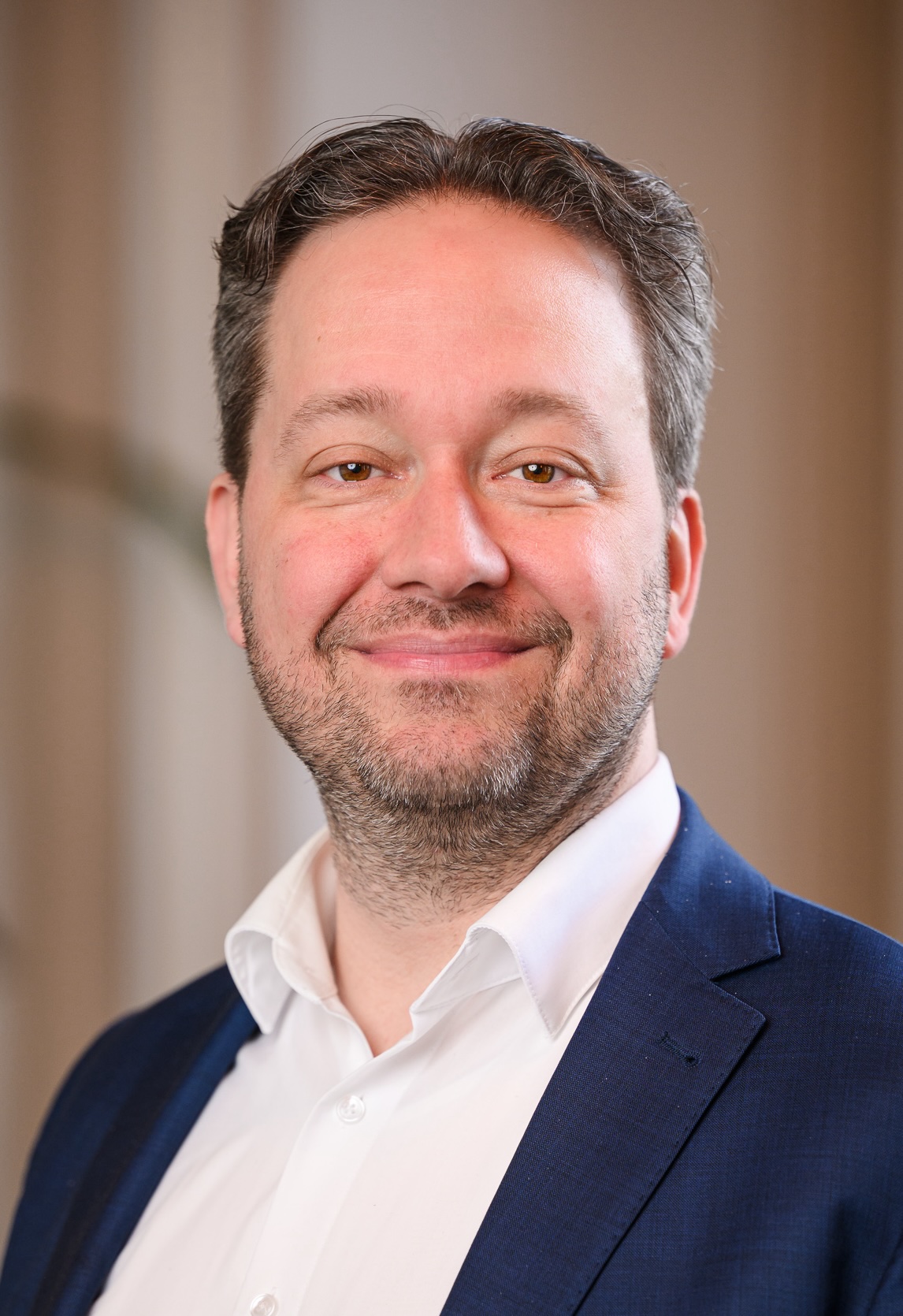The technique of academic research: on research lines and second brains

An important part of becoming a fully-fledged academic is the development and curation of a research line. A research line is the main research topic and the thread throughout (large parts of) a career. It could be law and technology in private law, globalisation in public law, human rights in criminal law, sustainability, or anything else.
It usually begins with a research project, designed by the research him- or herself or not, followed by usually decades of further research. It takes time to develop and substantially curate a research line and we sometimes use the 10.000 flight hour metaphor for this; suggesting it takes at least 10.000 flight hours to be able to properly fly an airplane in the same way as it takes 10.000 hours to be able to deliver high quality research outputs.
With about 1.600 hours of work in a year and the average of about 50% of available research time in a post-doctoral setting, absent of a postdoctoral fellowship, this will take at least 12 years to achieve. Incorporating a PhD project, which in the Netherlands generally comprises three years of full-time research (so 4800 hours), that leaves about 6,5 years of post-doctoral research time.
These are of course averages and sometimes it will take (much) less or (much) more than that. No person is the same as another. However, on average we assume this is what it takes to become a fully independent researcher regardless of the academic rank someone holds. This raises, amongst other, several important questions:
- How do we help young researchers on their way, both supervising their PhD-, but especially their postdoctoral work?
- How do we explain and especially assist young researchers in developing their own research lines?
- How can we make these 10.000 hours as useful for the young researchers as possible? In other words, how can this work fully include the research line already.
Moreover, in an academic world where there is every day more and more research to be found, where interdisciplinary research is more and more valued and where increasingly researchers are taking also including non-academic sources, such as information from newspapers, social media, books and articles of non-fiction, and even works of literature, the sheer volume of potential sources is ever more difficult to cope with.
More experienced researchers are in an advantageous position compared to more junior researchers as they have a more fully developed research framework in their head allowing them to process more amounts of information more rapidly. They develop, out of necessity and by experience, what I would call a system of knowledge management.
In this respect we can learn from other fields. Academic research is a creative enterprise and learning from other creators and how they manage flow of information, can be very useful. I am thinking in this respect of entrepreneurs and content creators. There is a rising field of personal knowledge management (or PKM) that should also be of interest to academics.
Over the summer break I read Tiago Forte’s book Building a Second Brain and found it highly instructive. I gained a few - in my view very relevant - insights for academic researchers. Personal knowledge management involves continuously thinking about a system of knowledge management. This does not only involve a library of resources such as can be maintained with applications such as Endnote, Mendeley or (the open source) Zotero, but especially a system in which we can feed new ideas, develop thoughts and plan ahead.
Tiago Forte teaches us to use a system called CODE, which stands for Collect, Organize, Distill and Express. As academics we are great at collecting academic sources, but perhaps not at collecting non-academic sources or systematically collecting research ideas. Most of us organise our academic sources using reference software I mentioned above, but not these interesting YouTube videos, tweets, or newspaper clippings we stumble on.
The effect, Forte explains, is that once we save these elements, even when we don’t need them immediately, they become part of our system and we can search for them. We can when we collect all these aspects, create a vast library of sources and ideas that fill our ever-developing research line.
That means that any small idea we have is also worth saving, even when it’s just a couple of words. It may not be relevant for a current project, but it is relevant in the context of the research line. It may become relevant later, or in connection to another idea or source give rise to another idea that can become a new project. A vast number of applications, both free and paid, are available to effectively create these systems. For example, to help organise highlights from eBooks and articles into a library for notes (an app called Readwise), or to organise notes and resources by project (an app called Notion).
In my view these ideas (and apps) are worth further investigation, and I am curious to know how they are already used by follow academics. Most of all, I am interested in how we can help our young researchers to develop an effective personal academic knowledge management system. It will certainly help them establish and develop their own research lines. Insights, suggestions, and collaborations are more than welcome. We can certainly all learn from each other.
| More blogs on Law Blogs Maastricht |
-
 B. AkkermansMore articles from B. Akkermans
B. AkkermansMore articles from B. AkkermansBram Akkermans is Professor of Property Law. Bram specialises in sustainability and property law and combines property theory with constitutional property and property doctrine to explore how property law can accommodate sustainable thinking.